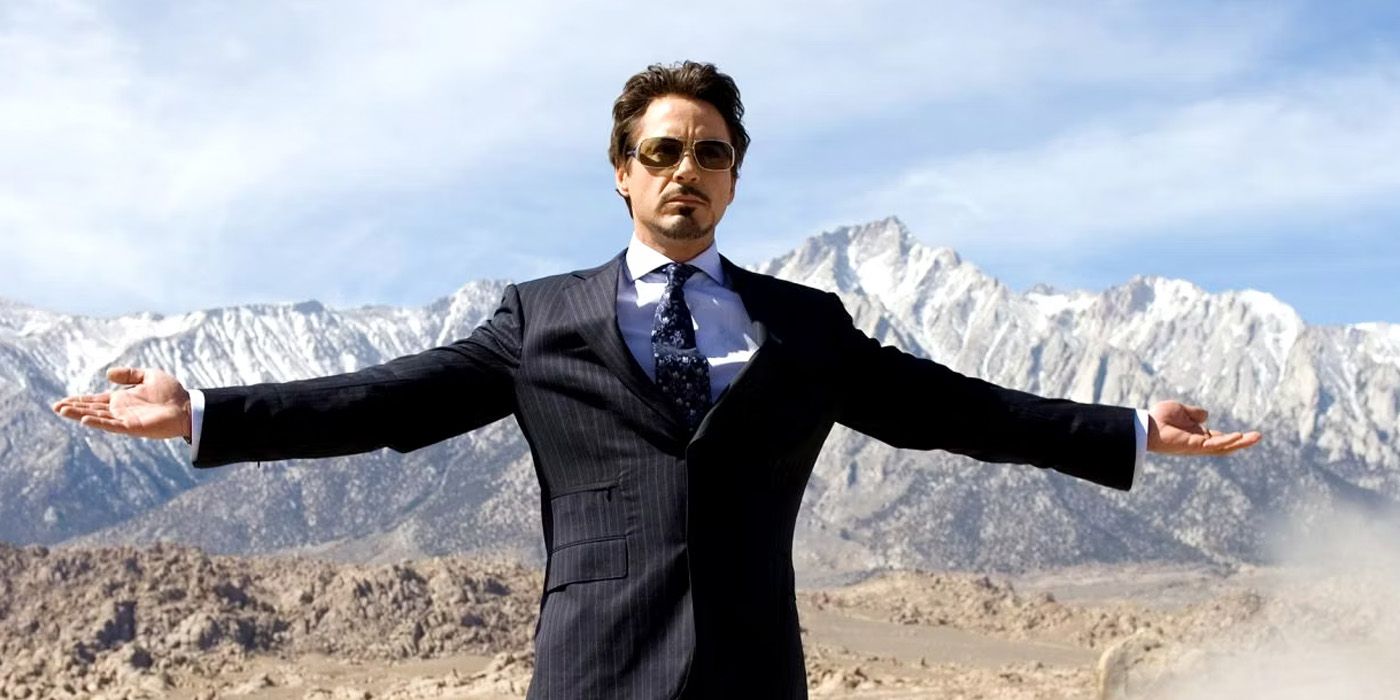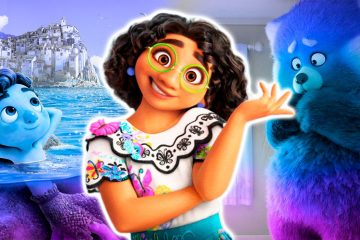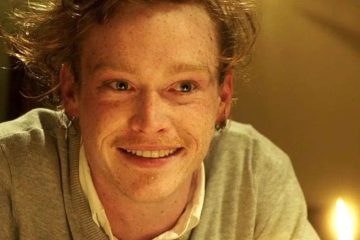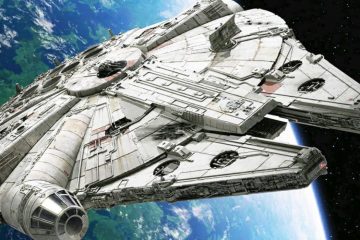One of the most persistent criticisms of Marvel Studios’ films is they all look the same. In part, this is because there is very little to criticize them for otherwise. From box office returns to pop culture dominance, one could have expected just how successful they’d be. Even with the changed entertainment landscape, Marvel is a presence to be reckoned with. Ironically, making all the MCU movies look the same is perhaps why Marvel Studios was successful. Part necessity and part strategy, studio head Kevin Feige made an intentional choice that, ultimately, paid off.Other than candid moments in interviews and the corporately polished book covering Marvel Studios history, what happens behind the scenes at Marvel is as closely guarded as the plot to the next Avengers movie. However, the forthcoming MCU: The Reign of Marvel Studios by Joanna Robinson, Dave Gonzales and Gavin Edwards tells the story of how the upstart division of a toy company did the impossible. One such revelation has been speculated as the reason for the homogenous look of Marvel films. But it goes beyond “branding.” When the MCU began, it was a saga of interconnected stories distributed by different companies. Thus, the decision was made to ensure the films all had a similar visual style in the hopes it would help audiences recognize the film they were watching was a Marvel Studios picture. Originally, that style included vibrant, high-saturation colors. Yet, after Avengers, it changed to a more muted palette, as if a big storm cloud hung over every release. Although, during that time, the only thing it rained was money. This later change was intentional but only inspired by the immutable nature of color theory.Of course, MCU: The Reign of Marvel Studios focuses on how those early films were put together, often against all odds. Marvel Studios’ approach to everything from pre-production design to visual effects was unorthodox. Yet, since an interconnected movie universe across different studio distributors had never been tried before, conventional wisdom said it would fail. One way to ensure that people understood why Robert Downey Jr.’s Tony Stark showed up at the end of The Incredible Hulk is if the audience was subconsciously reminded of Iron Man. Arguably, there is more that’s different than alike in those two films. Still, as Marvel Studios made more movies, it figured out how to better evoke a visual connection to its earlier films.RELATED: The MCU’s Most Epic Battle Happened Behind the Scenes
One of the most persistent criticisms of Marvel Studios‘ films is they all look the same. In part, this is because there is very little to criticize them for otherwise. From box office returns to pop culture dominance, one could have expected just how successful they’d be. Even with the changed entertainment landscape, Marvel is a presence to be reckoned with. Ironically, making all the MCU movies look the same is perhaps why Marvel Studios was successful. Part necessity and part strategy, studio head Kevin Feige made an intentional choice that, ultimately, paid off.
Other than candid moments in interviews and the corporately polished book covering Marvel Studios history, what happens behind the scenes at Marvel is as closely guarded as the plot to the next Avengers movie. However, the forthcoming MCU: The Reign of Marvel Studios by Joanna Robinson, Dave Gonzales and Gavin Edwards tells the story of how the upstart division of a toy company did the impossible. One such revelation has been speculated as the reason for the homogenous look of Marvel films. But it goes beyond “branding.” When the MCU began, it was a saga of interconnected stories distributed by different companies. Thus, the decision was made to ensure the films all had a similar visual style in the hopes it would help audiences recognize the film they were watching was a Marvel Studios picture. Originally, that style included vibrant, high-saturation colors. Yet, after Avengers, it changed to a more muted palette, as if a big storm cloud hung over every release. Although, during that time, the only thing it rained was money. This later change was intentional but only inspired by the immutable nature of color theory.
Of course, MCU: The Reign of Marvel Studios focuses on how those early films were put together, often against all odds. Marvel Studios’ approach to everything from pre-production design to visual effects was unorthodox. Yet, since an interconnected movie universe across different studio distributors had never been tried before, conventional wisdom said it would fail. One way to ensure that people understood why Robert Downey Jr.’s Tony Stark showed up at the end of The Incredible Hulk is if the audience was subconsciously reminded of Iron Man. Arguably, there is more that’s different than alike in those two films. Still, as Marvel Studios made more movies, it figured out how to better evoke a visual connection to its earlier films.
#Marvel #Studios #MCU #Movies #Reasons
Note:- (Not all news on the site expresses the point of view of the site, but we transmit this news automatically and translate it through programmatic technology on the site and not from a human editor. The content is auto-generated from a syndicated feed.))



